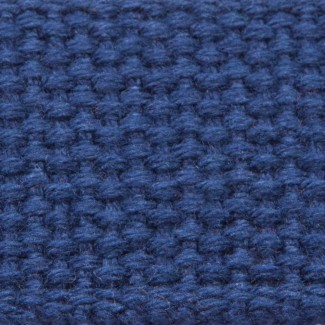- Local: (516) 346-4636
- Toll-Free: (800) 886-6060
- Fax: (516) 346-4366
- Email: kflynn@nationalwebbing.com
 Determining the quality and type of webbing can be a fiery affair. One effective and direct method to assess this is through combustion. One significant advantage of the burn test is its immediacy; within moments, the user can often discern the primary composition of a textile. However, it's worth noting that the test can be less definitive when dealing with blended fabrics, as they may exhibit characteristics of multiple fibers. Additionally, safety is paramount when conducting a burn test. It's essential to handle materials in a well-ventilated area, keep flammable items away, and have the means to extinguish the flame quickly if needed. Despite its age-old nature, the burn test remains a valuable tool in the textile industry for its simplicity and effectiveness.
Determining the quality and type of webbing can be a fiery affair. One effective and direct method to assess this is through combustion. One significant advantage of the burn test is its immediacy; within moments, the user can often discern the primary composition of a textile. However, it's worth noting that the test can be less definitive when dealing with blended fabrics, as they may exhibit characteristics of multiple fibers. Additionally, safety is paramount when conducting a burn test. It's essential to handle materials in a well-ventilated area, keep flammable items away, and have the means to extinguish the flame quickly if needed. Despite its age-old nature, the burn test remains a valuable tool in the textile industry for its simplicity and effectiveness.
Here's a simple breakdown of what to look for when you put the flame to the yarn:
While the combustion method is straightforward for identifying pure fibers, blends can be more challenging to discern. Always ensure safety when conducting burning tests and handle the materials in a well-ventilated area.